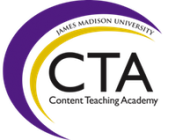Density Measurement (Intro Unit)
The students will determine of what substance BB’s are composed.
The students will determine the density of BB’s.
The students will compare densities of various metals.
The students will be active, productive members of a collaborative group.
